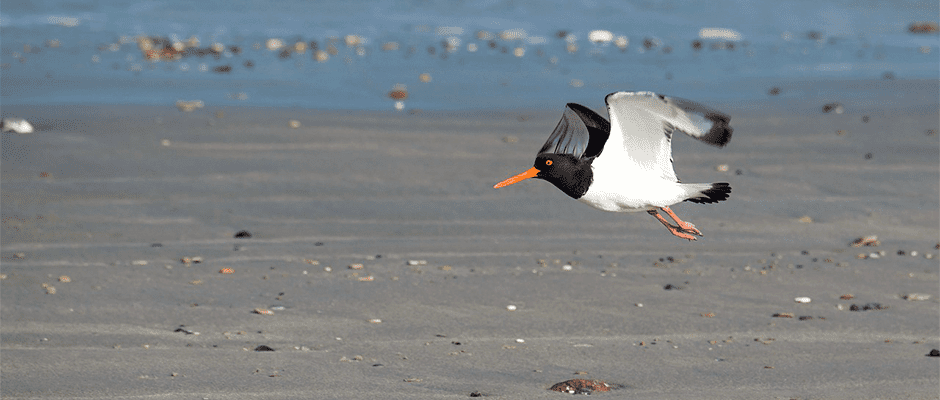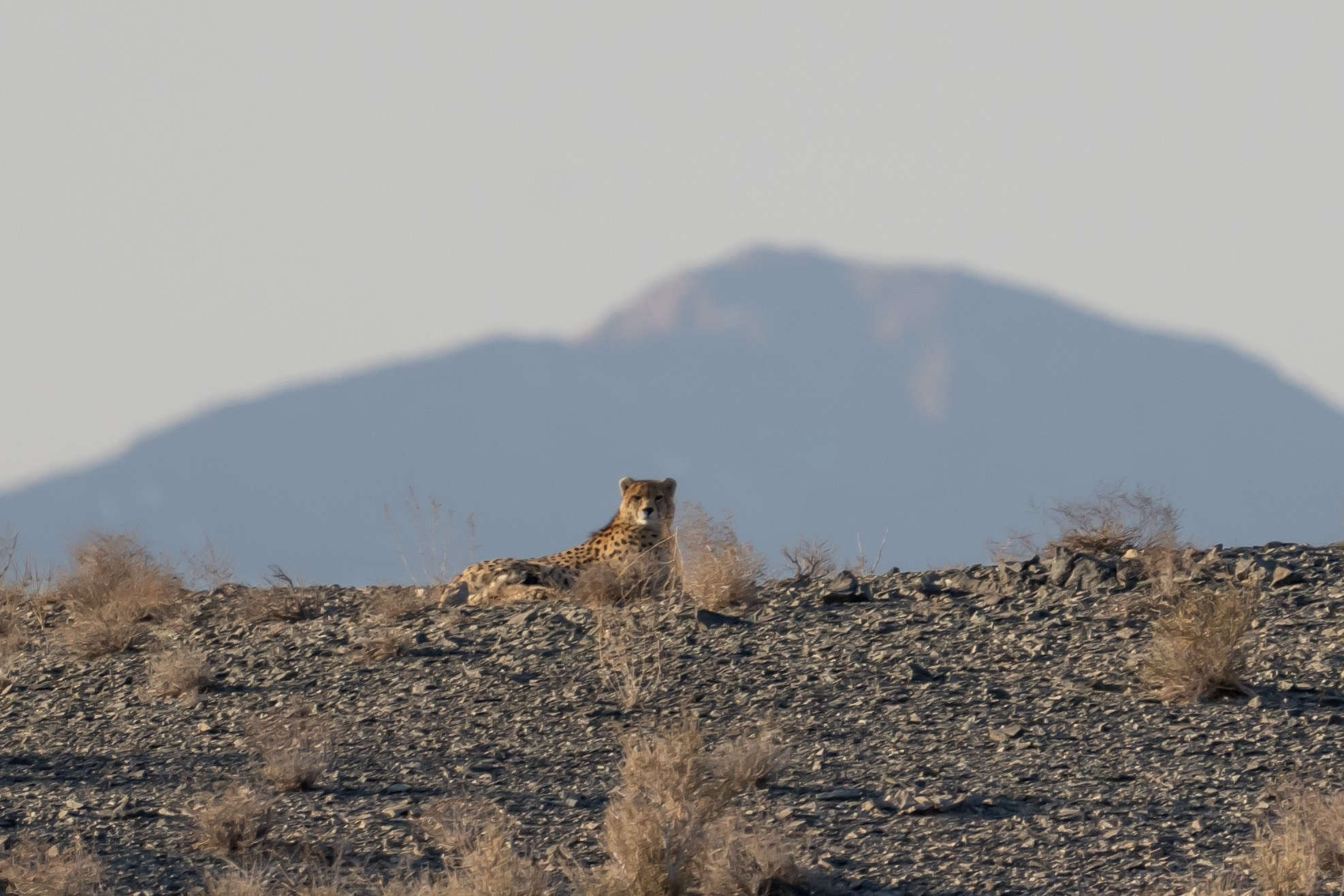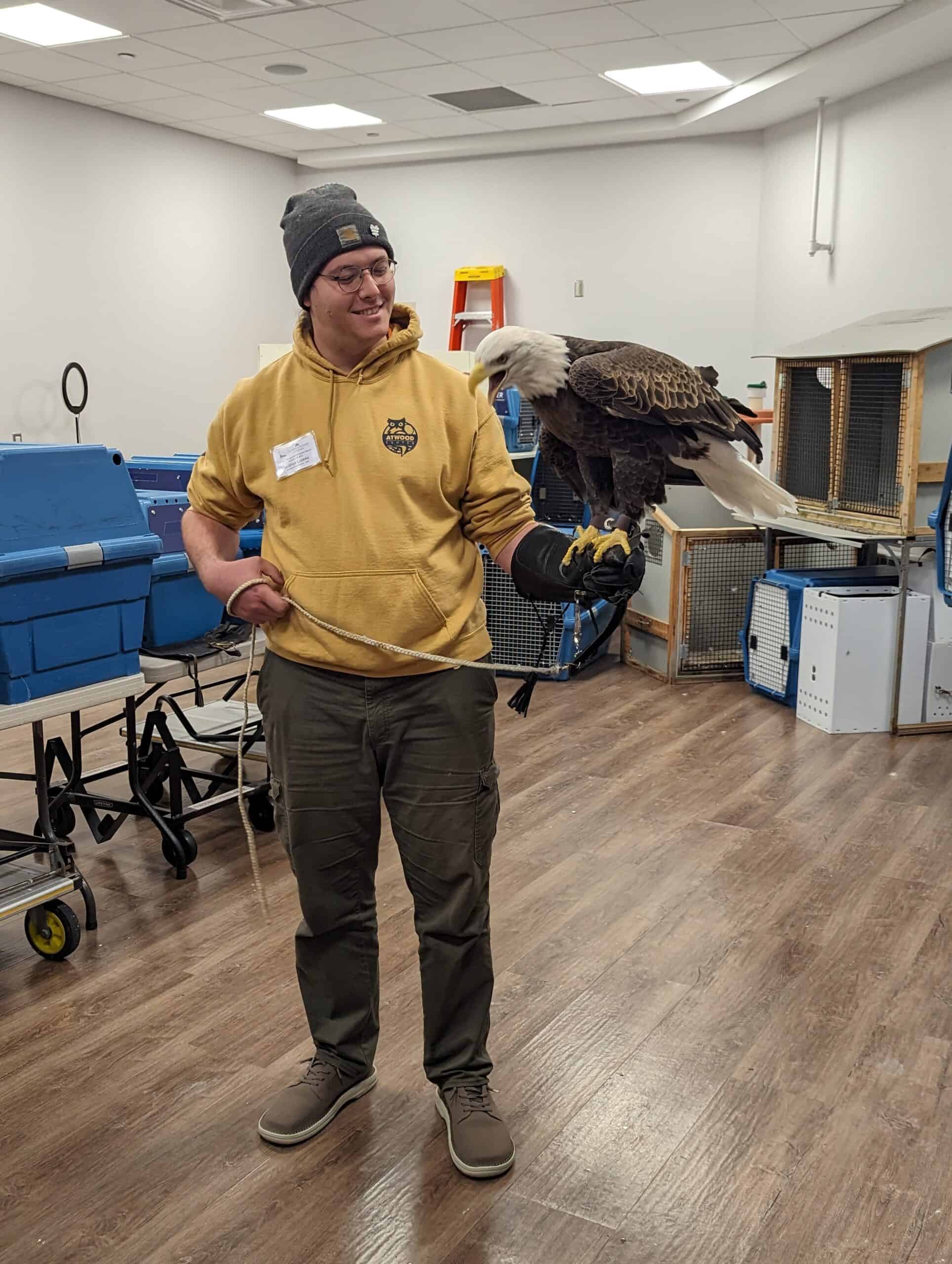Share this article
Florida’s sand shortage could affect nesting habitat
As spring moves closer, many types of wildlife are preparing for the breeding season. Unfortunately, species that nest along Florida’s coasts may face some challenges due to a sand shortage.
Florida has roughly 663 miles of beaches, and many experienced severe erosion due to Hurricane Irma in September 2017 and Hurricane Matthew in October 2016. Storms of the magnitude of Irma and Matthew cause widespread damage, and many beach repairs have been hampered by high costs due to high demand and a lack of quality sand.
Conservation concerns for beach-nesting species like sea turtles and shorebirds provide added complications. Five species of sea turtle nest along Florida’s coasts, and all of them are federally threatened or endangered. Since nesting success and hatchling sex ratios are closely linked to conditions in the nest, the types of sand that can be used in beach restoration in nesting areas are regulated. A dark sand would absorb more energy and stay warmer, causing a higher proportion of female hatchlings or even making conditions too warm for nests to survive.
Towns must finish their beach repairs before the sea turtle nesting season, which begins on March 1 in South Florida, April 1 on Florida’s Atlantic coast and May 1 on its Gulf coast. The difference in start dates accounts for early nesting species like loggerhead turtles (Caretta caretta).
Twenty-two species of seabirds and shorebirds nest in Florida, and many of them depend on sand dunes and beach habitat to nest and raise their chicks. Species like piping plovers (Charadrius melodus) and roseate terns (Sterna dougallii) are federally threatened. Others, like least terns (Sternula antillarum) and snowy plovers (Charadrius alexandrinus) are listed on the state’s threatened and endangered species list. Many of these birds nest earlier than sea turtles however, and would not see direct benefit from closing beaches during the turtle nesting season.
Beach-nesting species have already been affected by decades of habitat loss and degradation due to coastal development. Increasing frequency and magnitude of large storms and hurricanes make it even harder for them to find suitable habitat.
Fortunately, many of the beach and dune restoration projects undertaken in the past decades to protect tourist beaches and coastal properties have also helped restore nesting habitat. State and federal efforts have also helped raise awareness about how people can support nesting species while enjoying the beach.
Header Image: Species like the American oystercatcher (Haematopus palliatus) that nest on Florida’s beaches may be impacted by a sand shortage that impedes beach repairs following Hurricane Irma.








